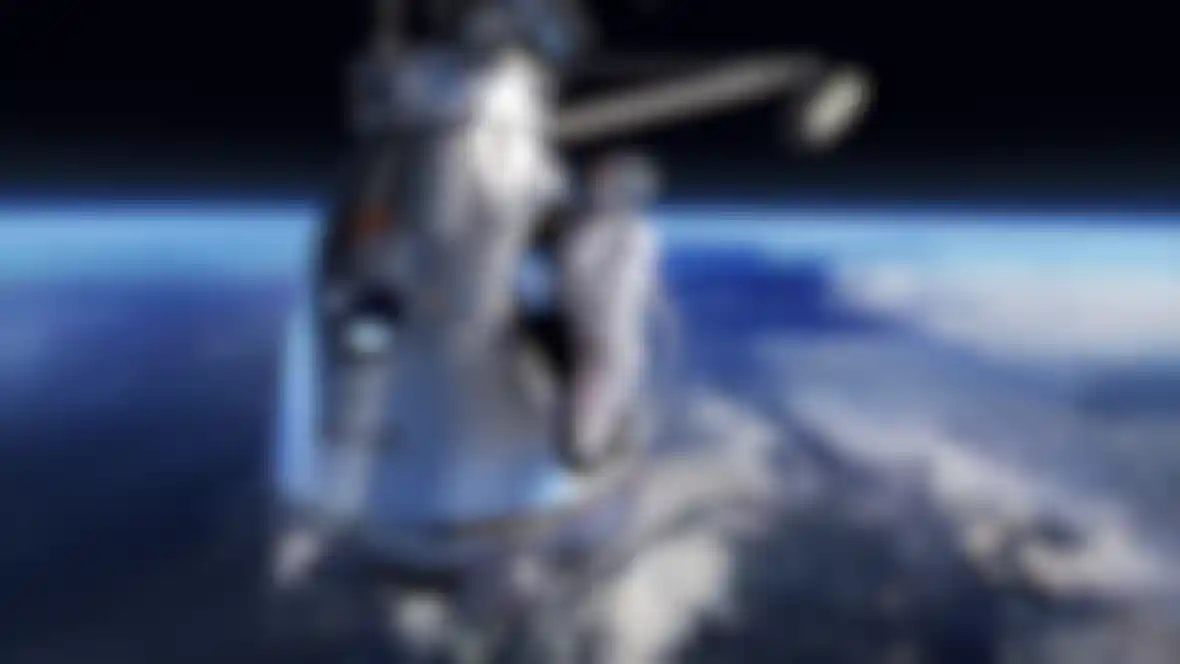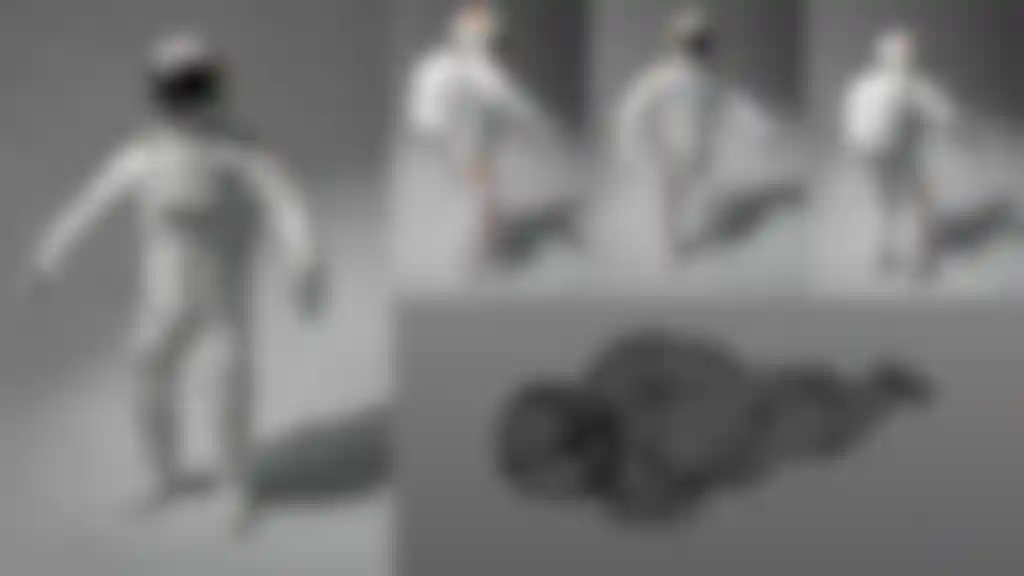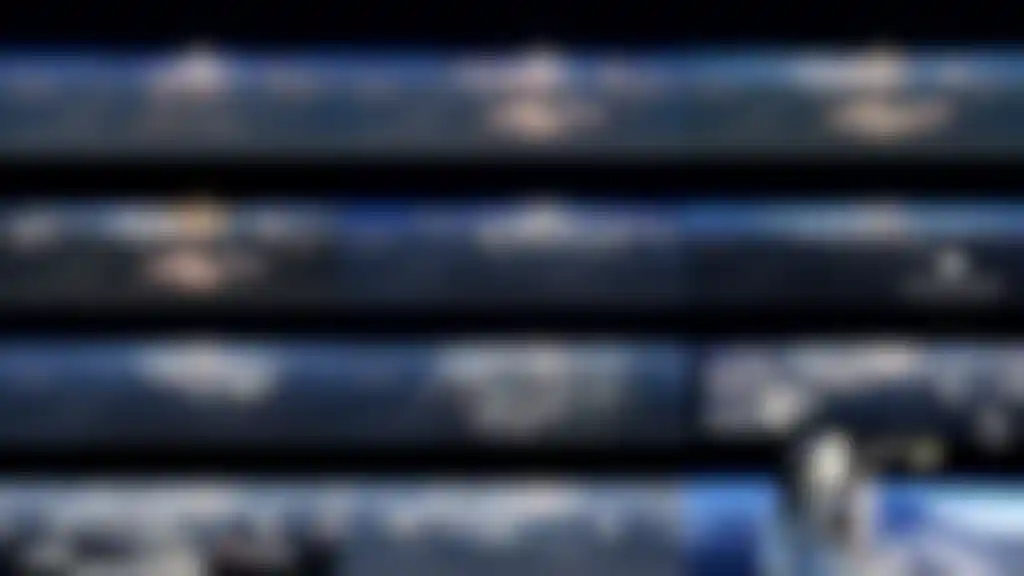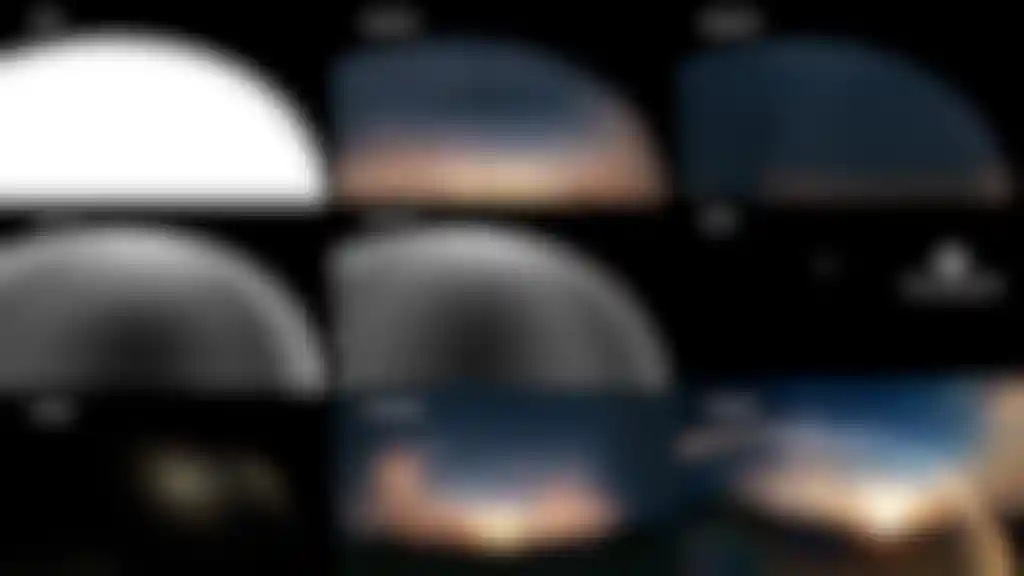
Making of Red Bull Stratos AixSponza uses Cinema 4D to create breathtaking simulation in advance of spectacular Red Bull jump!
How did the brief come about?
The Director and Producer Peter Clausen came up with an illustrated treatment telling the story of this amazing mission. We were invited to develop ways how to realize the entire CG setups and post production.
What was your company responsible for?
We were responsible for all the CGI and post-production, except for the audio. In pre-production we did several animatic pre-vis edits and look studies to make sure we complied with the director's vision. Meanwhile all assets - the pressure suit, the capsule and the balloon - were built and textured using photos as references. For the environmentals we had to create several matte paintings, including a really huge 360° panorama. In production, we did all animations, renders, visual FX, compositing, including real footage integration (tracking, roto, etc.), grading and Master.
What 3D software did you use?
For modeling the hard surface props and the balloon we used Maxon Cinema 4D. The sculpting of Felix' space suit and the stand-in model of Felix' head were done using Pixologic ZBrush. Camera and character animation was also created using Cinema 4D. For rendering we used VRay4C4D from LaubLab / ChaosGroup. Matte painting and compositing were done with the tools from Adobe's Creative Suite, namely Photoshop and After Effects. The VFX were created using Cinema 4D's Thinking Particles feature.

What was the most useful piece of software and why?
ZBrush, Cinema 4D and VRay all played a major role in this production. ZBrush proved to be the most reliable sculpting solution available. Its capability to handle massive polygon counts while remaining interactive and fun to work with made it possible to create the huge amount of detail we put into Felix' suit. Even the structure of the underlying fabric was created in ZBrush as real sculpting using HD geometry. Cinema 4D showed its flexibility and ease of use in many aspects of production. Above all, the powerful character animation tools made available in recent versions of Cinema 4D helped us a lot while rigging and animating the main character, especially with all the complex belts and wires populating Felix' suit. The XPresso environment was heavily used not only for rigging but also for automating and streamlining workflow. This was vital to meet the tight deadline. Last but not least, VRay did a great job of rendering all the massive displacement maps on the animated character without flickering and in reasonable time. The excellent quality and speed of the engine allowed us to shift work from the lighting artists to the rendering machines by using full global illumination in all shots.

What was the most impressive technical aspect of the project and how was it achieved using 3D software?
Felix' character was by far the most complicated part of the project. Creating the suit was especially challenging as it had to match the real suit as closely as possible, which was made of different layers of tissue combined with belts, straps and cables, bags, valves, etc. Additionally, the real suit design changed often during the production period, as Red Bull had to adapt its design in accordance with the results they received from tests. First, we created a low-poly suit model and independent low-poly models for all the props attached to the suit inside Cinema 4D, with clean quad topology. Then we sculpted all the details inside ZBrush following photo references. The ZBrush model consisted of many sub tools. We used the HD geometry feature to capture even the smallest details such as the fabric structure. Then we exported displacement maps for use with VRay inside Cinema 4D. To allow for frequent changes to the model we created a special rig inside Cinema 4D that separated the controllers and their animation from the actual geometry through the use of XPresso. The XRef feature of current Cinema 4D versions was not that elaborate at that time, that's why we went the XPresso route. By doing so it was possible for different artist to work on the animation of the character and the actual model at the same time. This made it easy to attach a new geometry version to the current animation at any stage of the project. Another difficult aspect of the suit was the different layers of straps and belts that followed the basic surface. We rigged these with Cinema 4D's surface and mesh deformers to conform to the movement of the underlying suit. Then we created correctional morphs driven by the joint angles of the basic rig to adjust for surface penetrations and other deformation errors. Although the final rig was particularly complicated it performed well in Cinema 4D. However, we had to disable certain unnecessary parts to have real-time feedback, which is necessary for animation. The belts and straps, for example, and the displacement were turned off during the animation phase. Although the final character had a lot of detail and many displacement maps applied, rendering it with full GI inside VRay was no problem. It performed reasonably fast and reliably. Nevertheless, we separated all the different components of the final picture to different render passes to be able to easily make additional adjustments in compositing. In all, the project was a lot of fun to do. Every 3D artist should have done a space project once in their career.

When was the work completed?
Stage one work was completed January, 2010; stage two (stereoscopy) was completed in August, 2012.
What was the production schedule?
Stage one schedule September 2009 to January, 2010; stage two July, 2012 to August, 2012
Links:
Aix Sponza: www.aixsponza.com
Video clip: www.vimeo.com/48082757
Red Bull: www.redbullstratos.com
Peter Clausen Film: www.peterclausen.de
Credits:
Director & Producer: Peter Clausen
Line Producer: Cecilia Trck
VFX Director / Editing: Christian Tyroller
VFX Supervisor / CD / TD: Manuel Casasola Merkle
Lead 3D Artist: Matthias Zabiegly
3D Artists: Leonhard Akinbiyi, Magid Hoff, Sven Mai, Philipp Strasser,
Vladan Subotic, Fuat Yksel
Junior 3D Artists: Sebastian Baumann, Jörg Vogel
Animator: Douglas Bello, Thomas Grummt
Character Modeling / Sculpting: Ulf Gieseler
Technical Modeling: Jan Haluszka
Visual Effects: AixSponza, Pixellusion
Rigging: Fabian Rosenkranz
Compositing: Andreas Gebauer, Tobias Mller, Christian Stanzel, Matthias Zabiegly
Music & Sound Design: Walter Werzowa, Musikvergnuegen Inc., Los Angeles